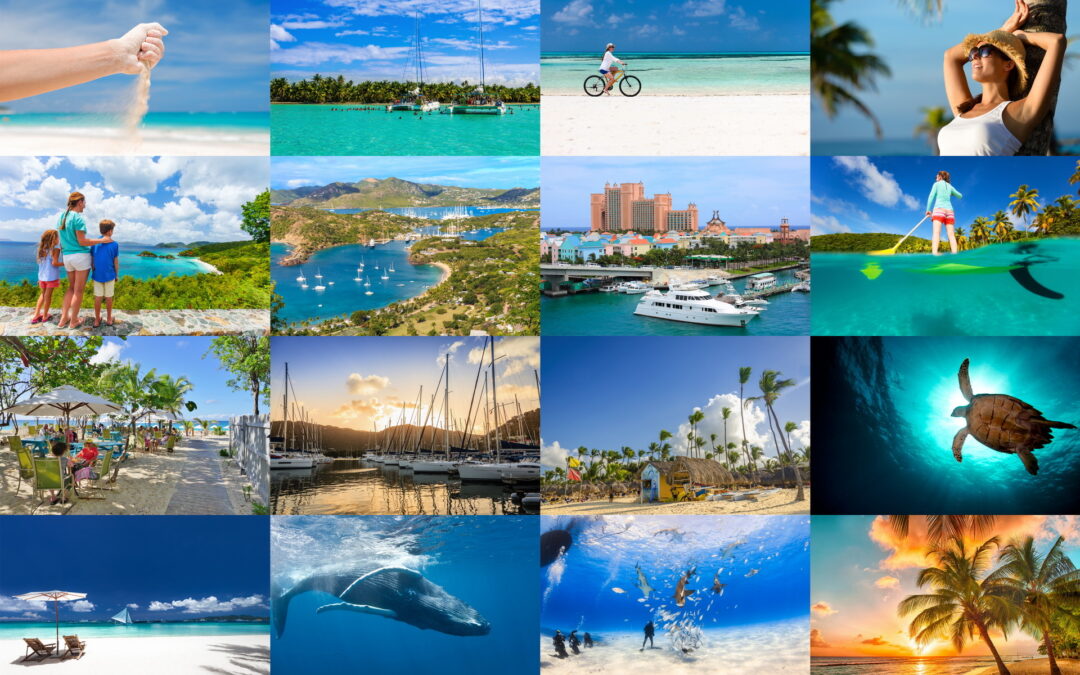
by Caribbean Islands | Caribbean Islands
The Caribbean is the place to go when you need a break from the fast, hectic pace of everyday life. In this part of the world, time slows to a crawl. The culture is laid back, accepting and incredibly friendly to visitors, so you are sure to feel welcome wherever you...
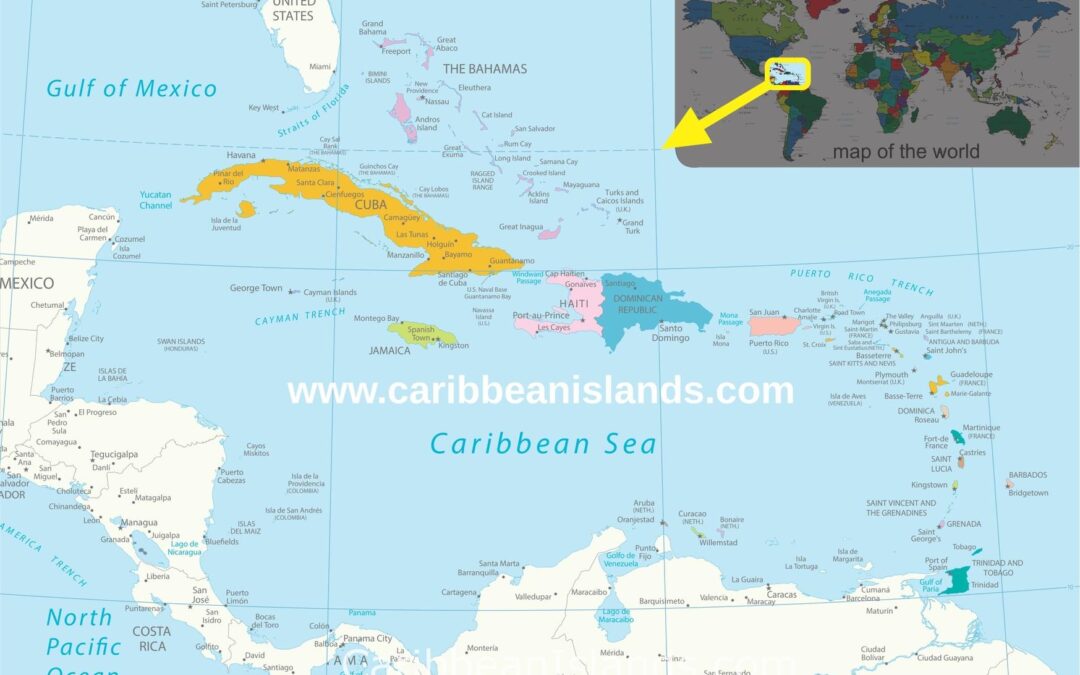
by Caribbean Islands | Caribbean facts, Caribbean Islands
Map with situation of the Caribbean in the World The Caribbean islands are located in the region of the Caribbean Sea. The Caribbean Sea region is located southeast of the Gulf of Mexico and the North American mainland, east of Central America, north of South America...
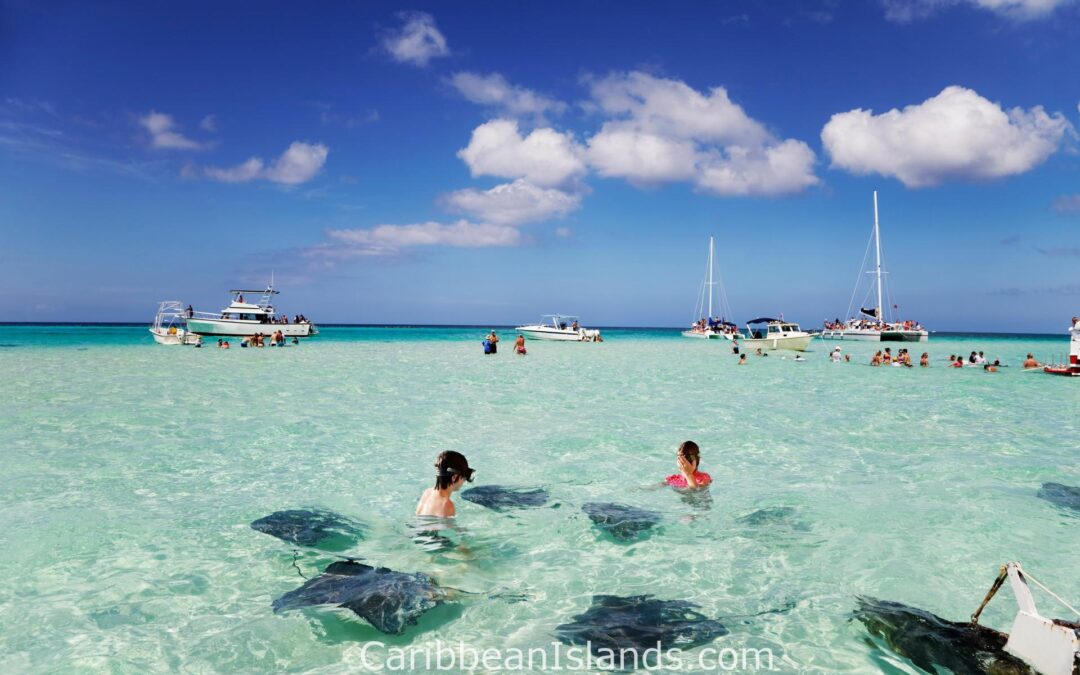
by Caribbean Islands | Greater Antilles
With its gorgeous coral reefs and shimmering, clear, turquoise waters, the Cayman Islands have long been a popular playground for travelers. The islands are particularly popular among divers, and excellent scuba diving and snorkeling sites abound. This UK overseas...
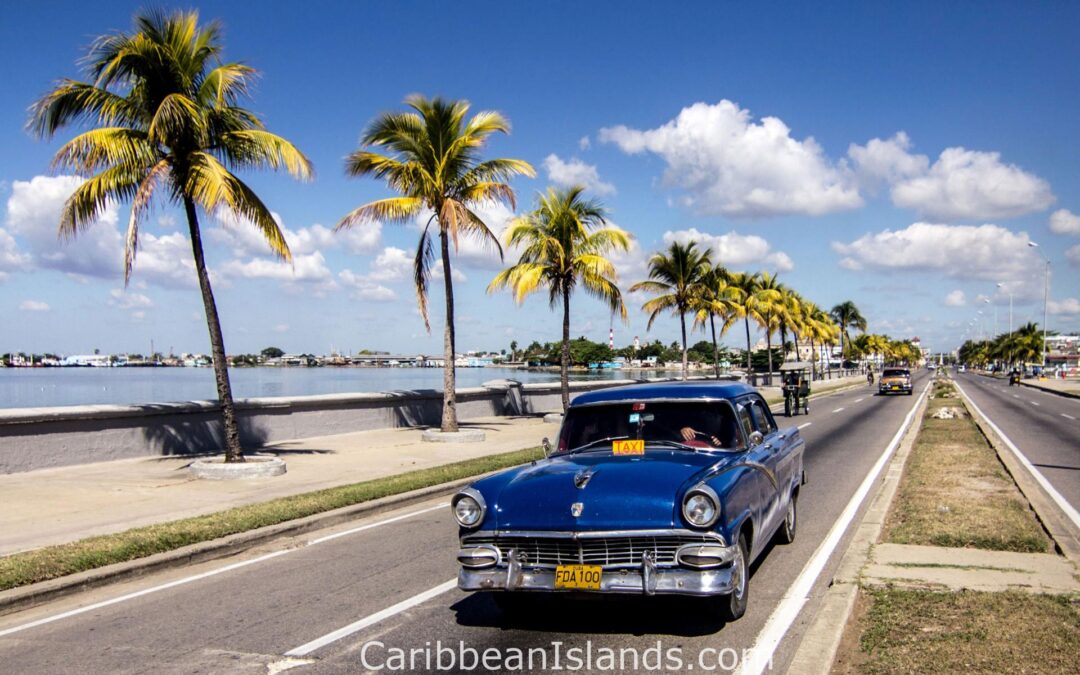
by Caribbean Islands | Greater Antilles
Near the end of 2014, reports swirled that the long-time embargo and other restrictions placed on this massive island nation by the U.S. were finally being lifted. If that comes to pass, Cuba should start enjoying a massive influx of American visitors in the years to...
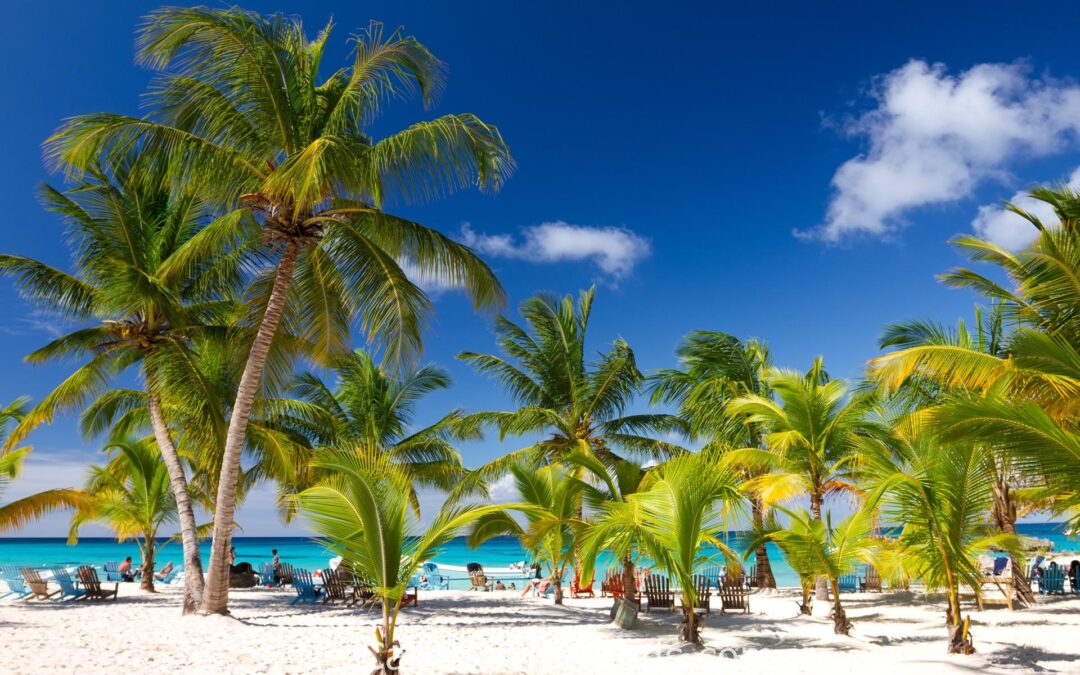
by Caribbean Islands | Greater Antilles
Dominican Republic The Dominican Republic is located in the Caribbean region, occupying the eastern two-thirds of the island of Hispaniola, which it shares with Haiti. The country is situated between the Caribbean Sea and the North Atlantic Ocean, and is bordered by...
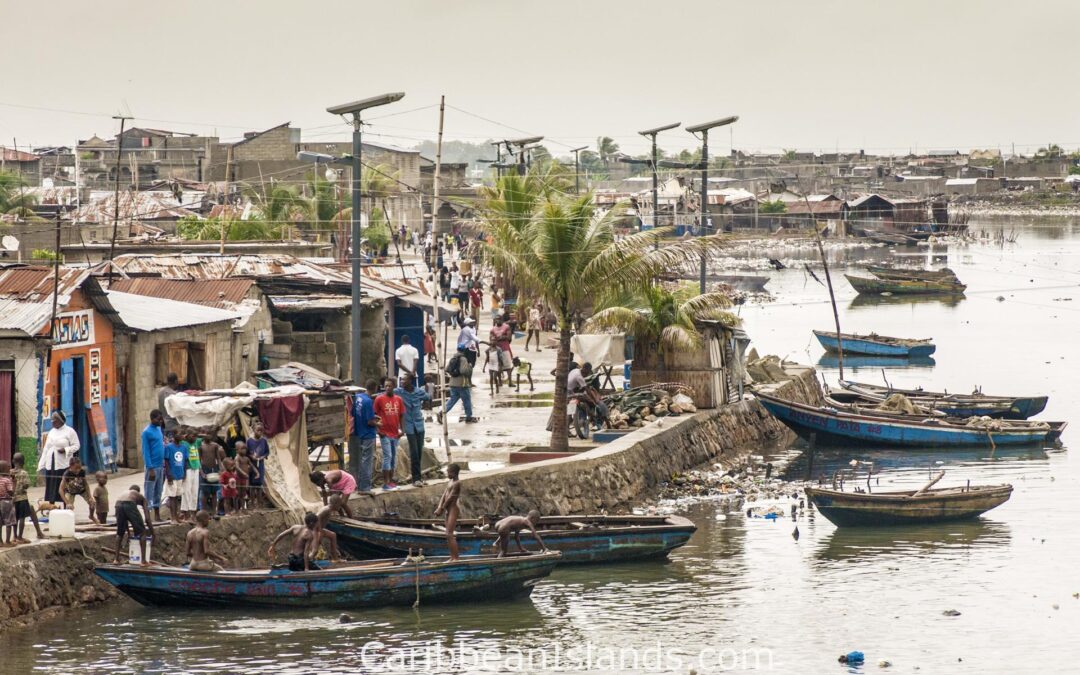
by Caribbean Islands | Greater Antilles
Haiti is a country of the Caribbean, is a sovereign state located on the island of Hispaniola which it shares with the Dominican Republic in the Greater Antilles archipelago of the Caribbean Sea. Port au Prince is the capital city of Haiti. Due to ongoing unrest and...
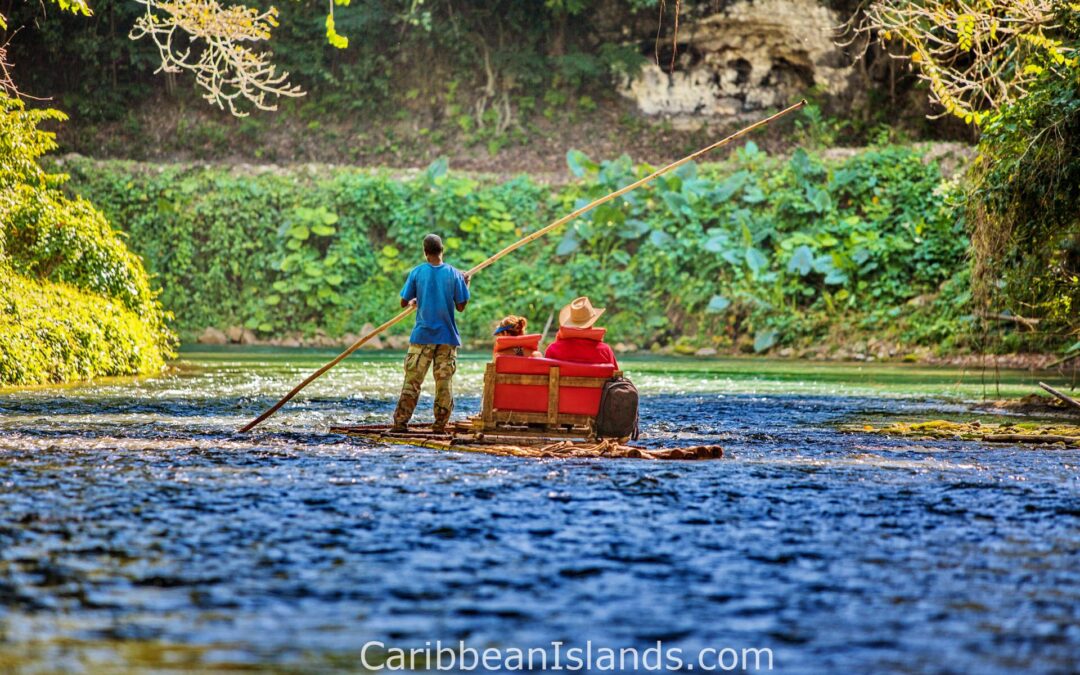
by Caribbean Islands | Greater Antilles
In many ways, Jamaica epitomizes what the Caribbean is all about. This gorgeous island nation is situated west of Hispaniola and south of Cuba. The capital city, Kingston, is a wonderfully cosmopolitan place and offers a variety of great cultural and historical...
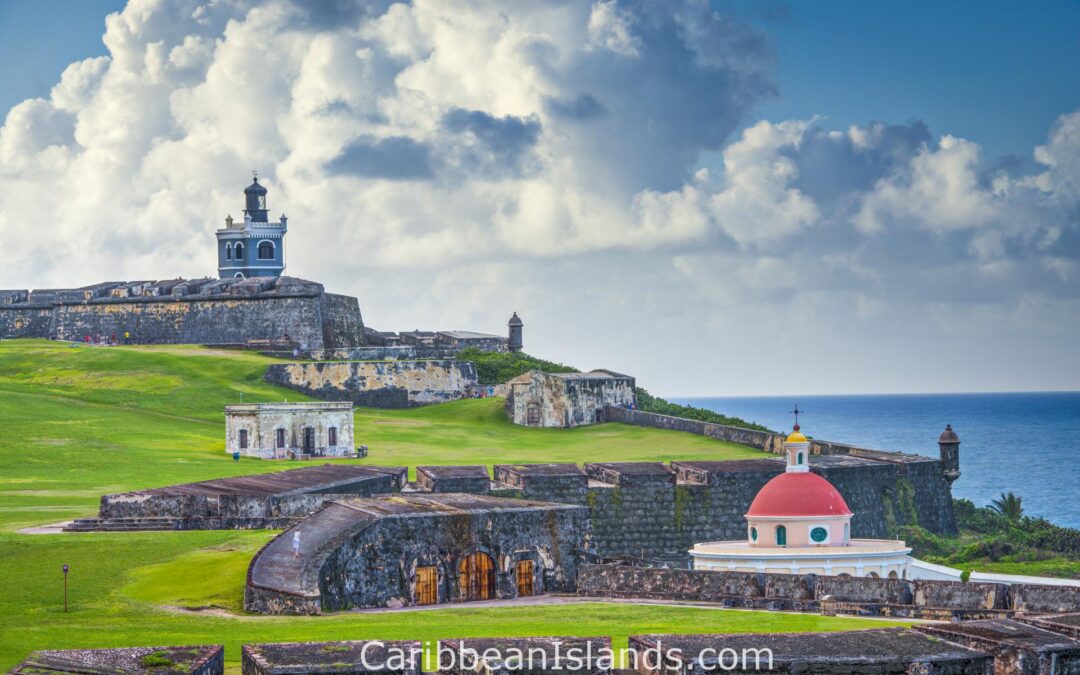
by Caribbean Islands | Greater Antilles
Because it is an official territory of the United States, Puerto Rico is a convenient vacation destination for American travelers. Spanish and English are the main languages on this large island, which boasts a population of around 4 million people. Roman Catholicism...
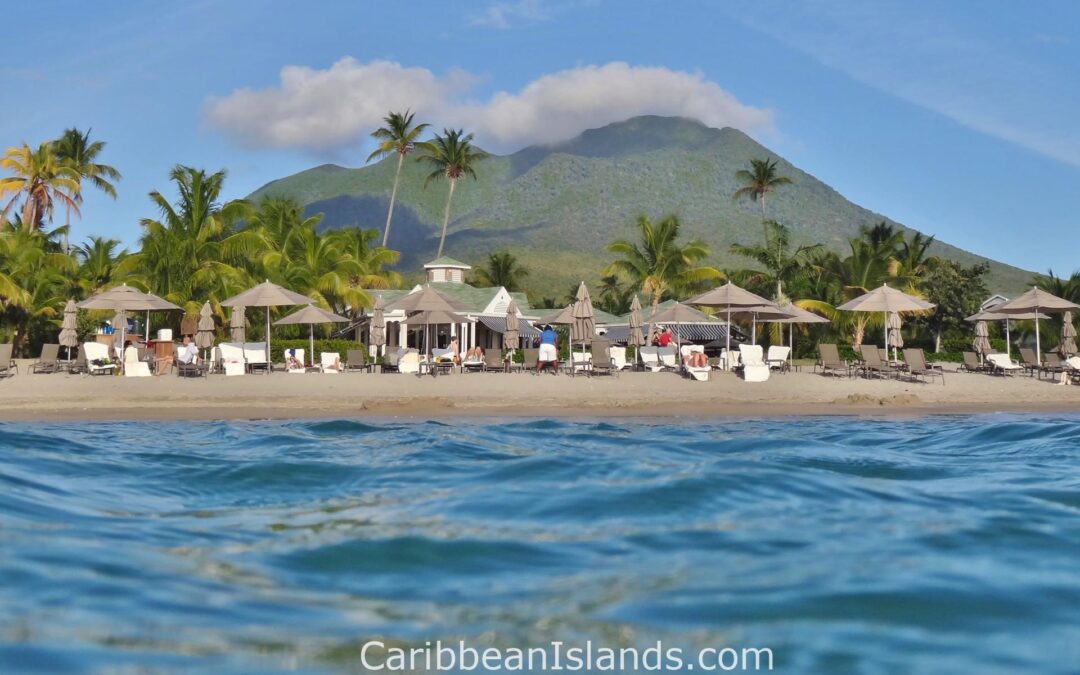
by Caribbean Islands | Leeward islands
Located between Puerto Rico and Trinidad and Tobago, the islands of St. Kitts and Nevis offers a compelling mix of West Indian, French and English influences. Numerous ancient British forts dot the landscape, so history buffs are sure to have a field day. The islands...
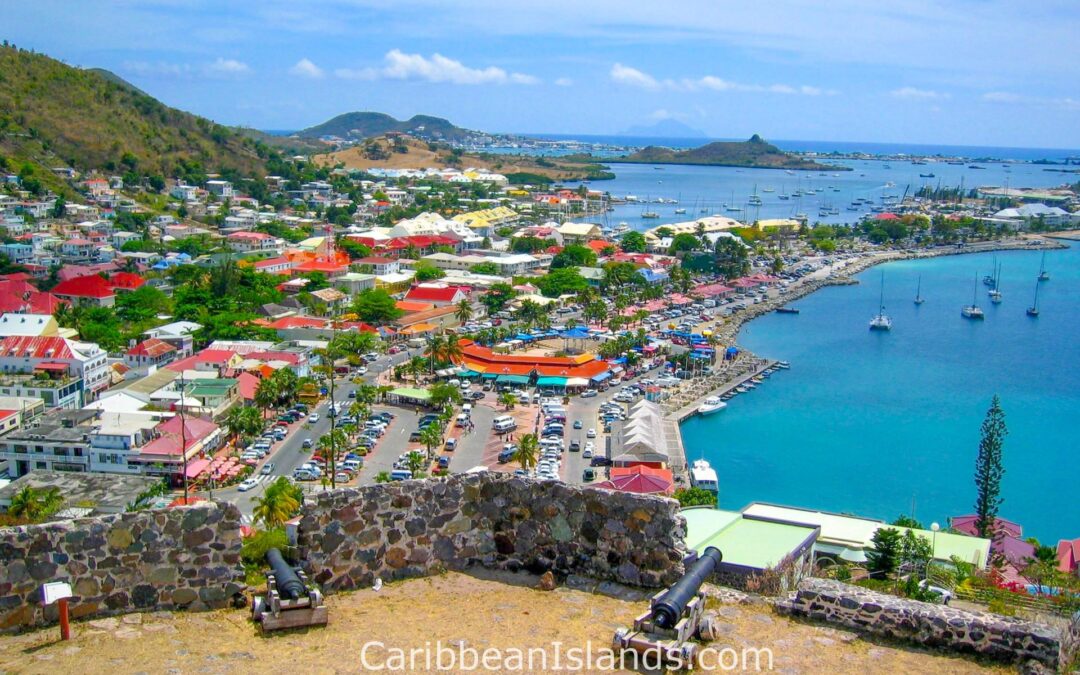
by Caribbean Islands | Leeward islands
Saint Martin is the northern region of an island nation divided between France and the Netherlands. Saint Martin is a French territory covering about two-thirds of the island located in the Leeward Island region. It is well known for its nude beaches and high-end,...
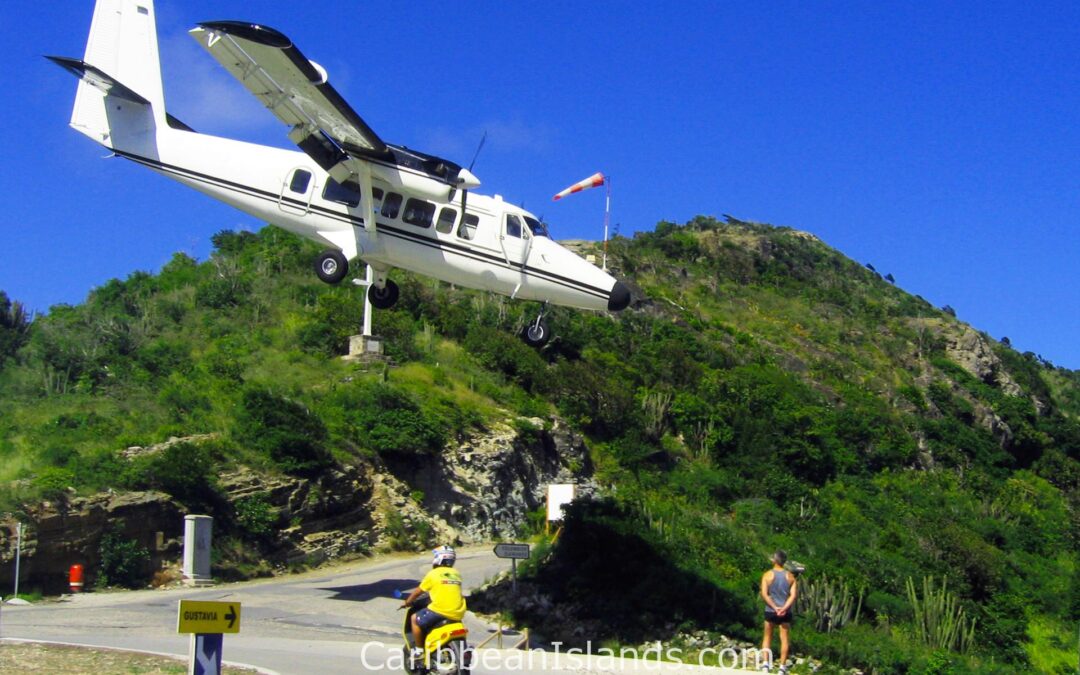
by Caribbean Islands | Leeward islands
Saint Barthélemy is a small island less than ten square miles located north of Saint Kitts and southeast of Saint Martin. It is a French territory with a mixture of people speaking French and Creole. Saint Barthelemy is a popular tourist attraction especially for the...
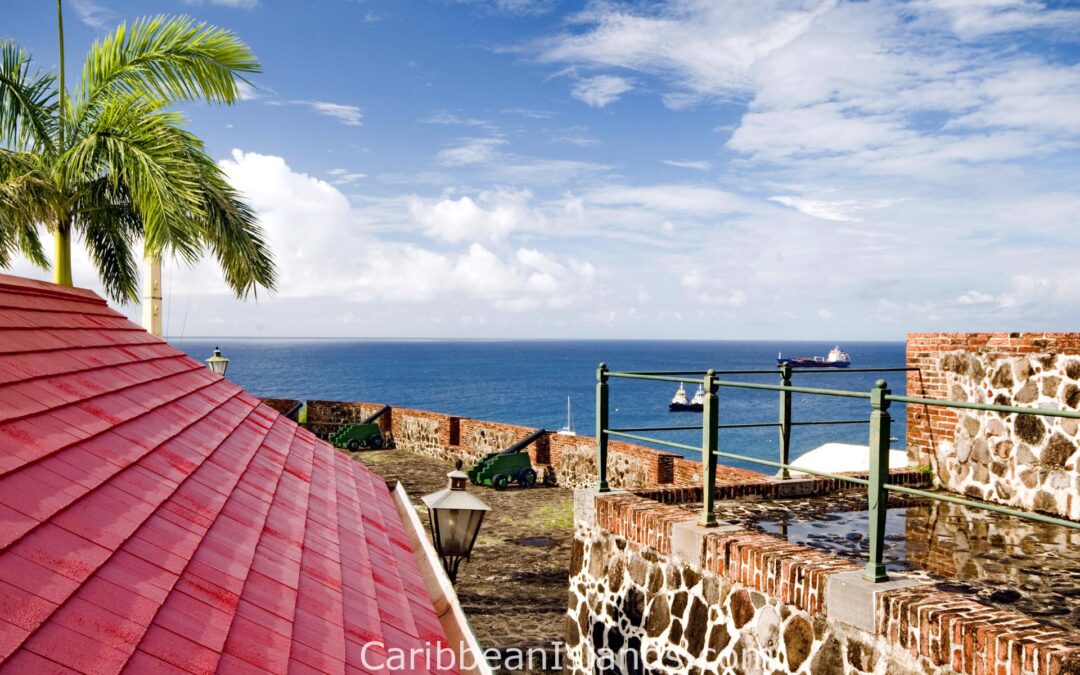
by Caribbean Islands | Leeward islands
Sint Eustatius is a small island located in the northern Leeward Islands portion of the West Indies, south of Sint Maarten and northwest of Saint Kitts and Nevis. In Oranjestad, the capital of Sint Eustatius, there are a variety of historical sites to visit. Capital...
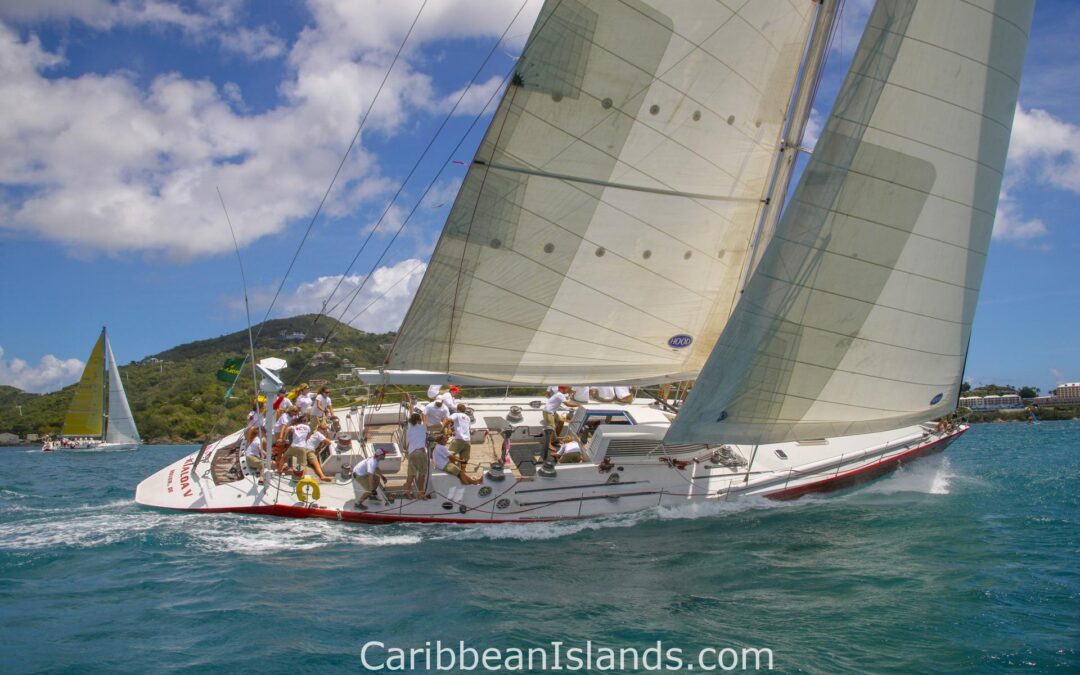
by Caribbean Islands | Caribbean Islands, Leeward islands
This charming string of islands is situated between the North Atlantic and the Caribbean, and it’s to the east of Puerto Rico. Its capital city, Charlotte Amalie, is brimming with unique and interesting historical and cultural attractions. The official currency is the...
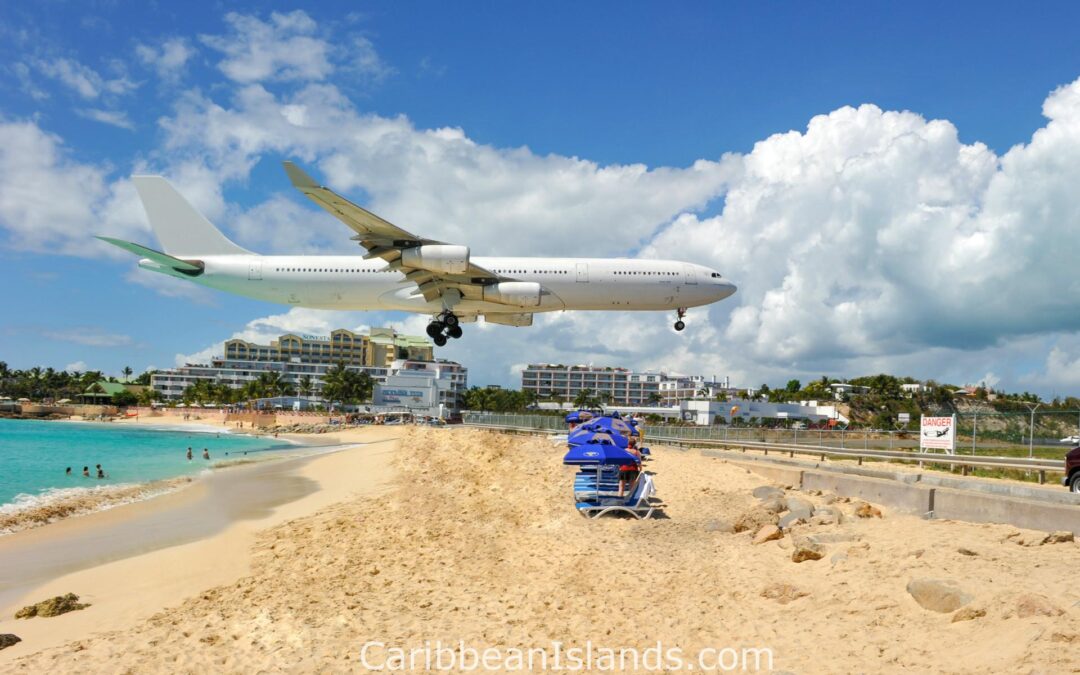
by Caribbean Islands | Leeward islands
Sint Maartin is the southern region of the island nation, Saint Martin, divided between France and the Netherlands. Sint Maarten is the Netherlands territory covering about one-third of the island. It is known for its nightlife, beaches, casinos, and its native...
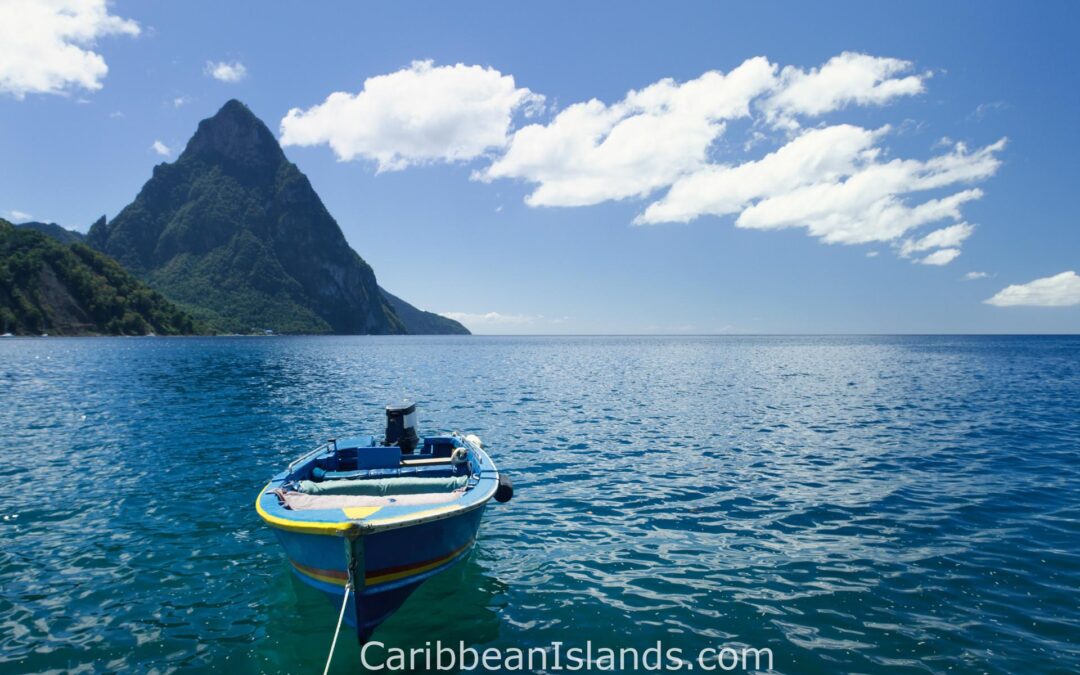
by Caribbean Islands | Windward islands
This lovely British commonwealth is located off the coast of Central America and north of Trinidad and Tobago. The Twin Pitons, matching, cone-shaped peaks, are its most treasured and well-known landmarks. The capital is Castries, the official currency is the East...
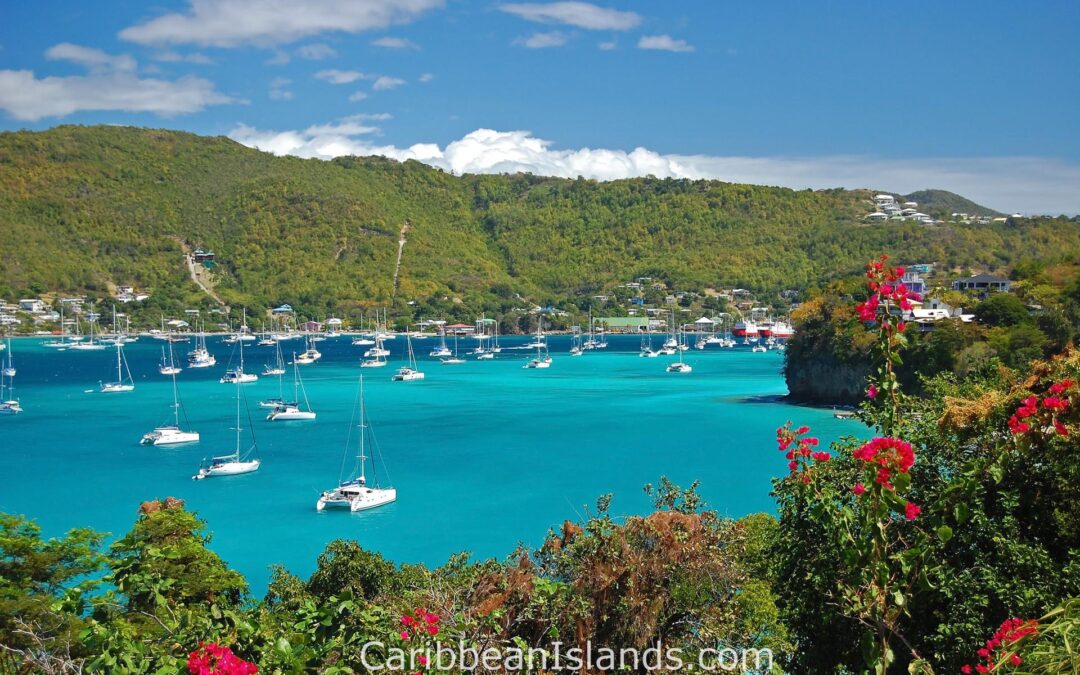
by Caribbean Islands | Windward islands
This island cluster lies within the Lesser Antilles south of St. Lucia and west of Barbados. The island cluster is 150 square miles with the main land consisting of St. Vincent while the northern two-thirds of the region is made up of the Grenadines. The island...
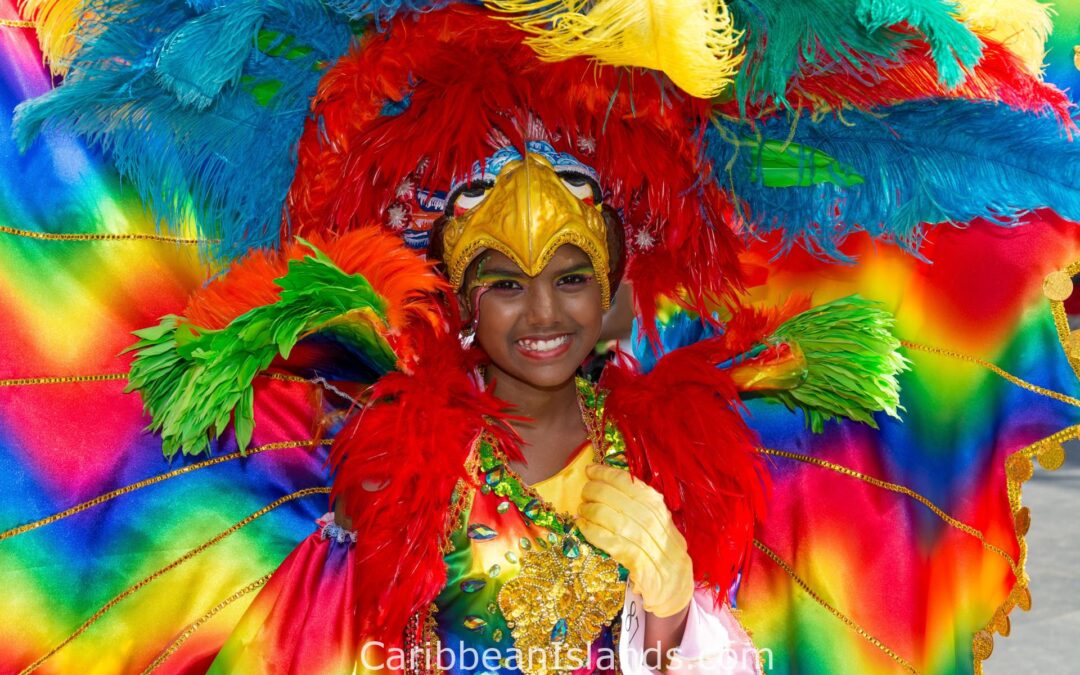
by Caribbean Islands | Windward islands
Although it’s the most industrialized nation in the Caribbean, Trinidad and Tobago is still bursting with amazing scenery and a wide array of incredible attractions. Because tourism isn’t a pivotal part of the economy here, the country features huge expanses of...
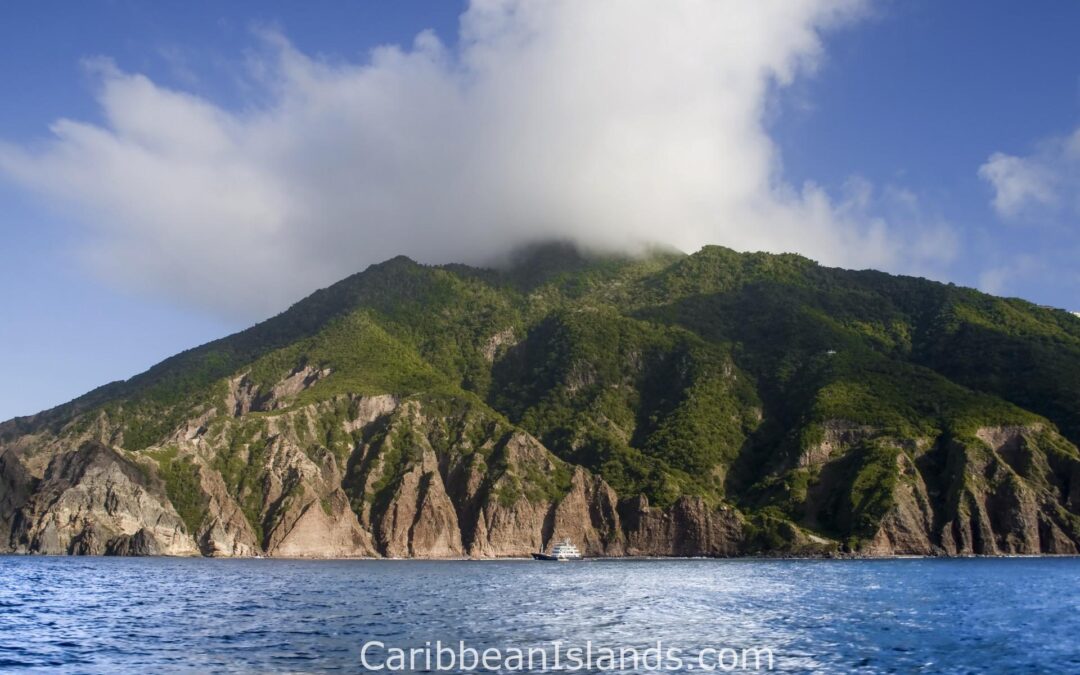
by Caribbean Islands | Leeward islands
Mount Scenery is the active volcano of the island and is located in The Bottom which is the capital city of Saba. The island is especially known for its ecotourism, having exceptional scuba diving, climbing and hiking. Capital city – The Bottom Language –...

by Caribbean Islands | Caribbean Islands
Miami is a major port city on the Atlantic coast of south Florida in the southeastern United States. The Port of Miami, known as the “Cruise Capital of the World”, has been the number one cruise passenger port in the world. It accommodates some of the...
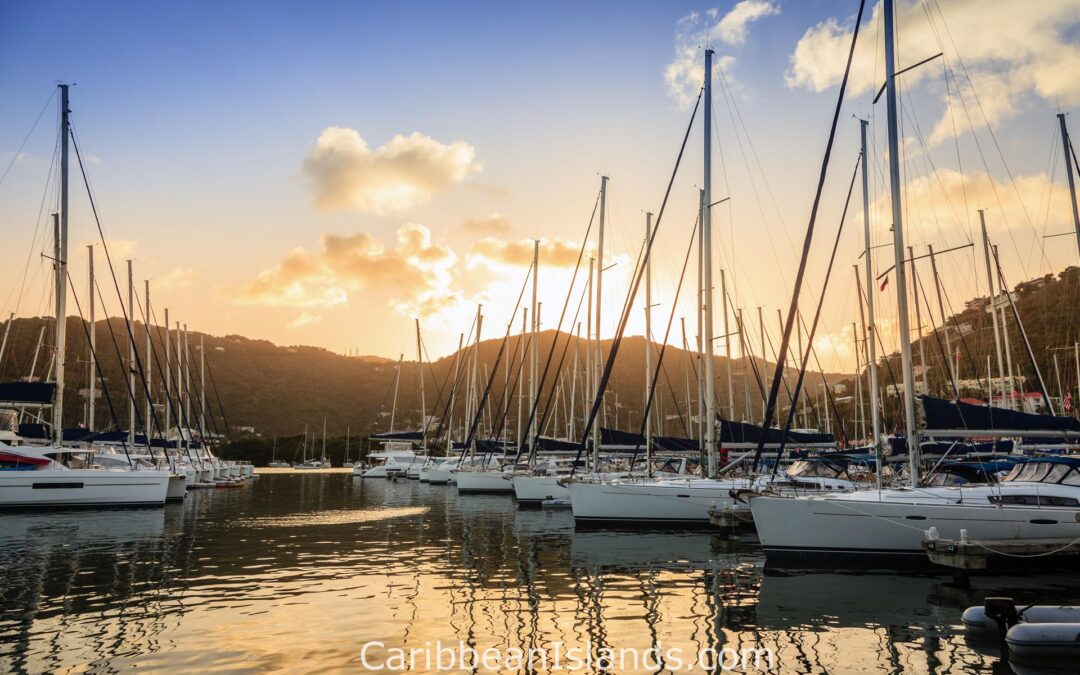
by Caribbean Islands | Caribbean Islands, Leeward islands
It should come as no surprise that English is the official language of the British Virgin Islands, or BVIs, as they are known by locals. The terrain of many of the more than 40 islands and keys is incredibly flat. In fact, Anegada is known as the Drowned Island...
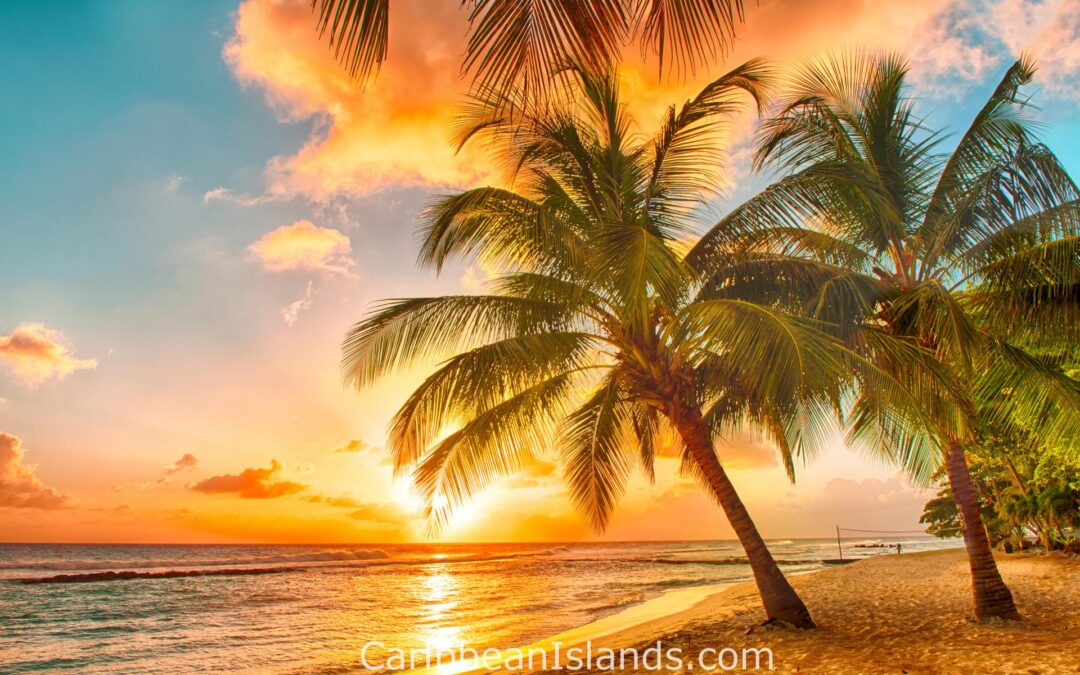
by Caribbean Islands | Windward islands
Barbados is a lovely island located in the Caribbean Sea Windward islands. The word “Barbados” means “bearded ones,” and it refers to the fig trees that explorers were drawn in by during their excursions to the region several centuries ago. Barbados is often referred...
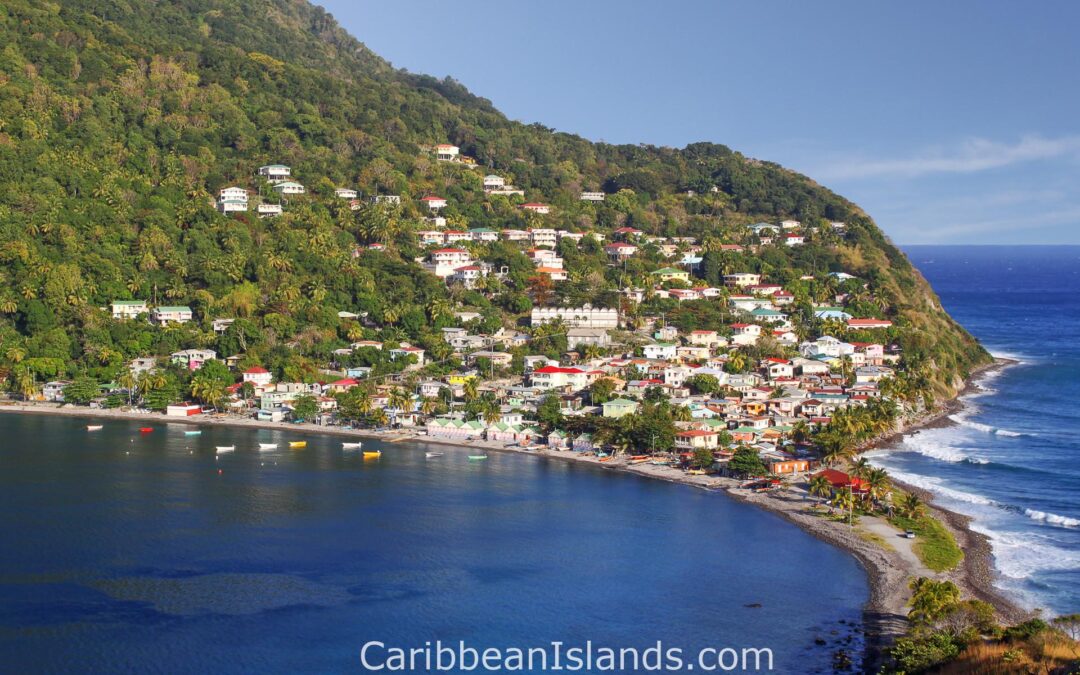
by Caribbean Islands | Windward islands
Dominica is an island nation located in the Lesser Antilles area south of Guadeloupe and northwest of Martinique. Known for its luscious rainforests and warm, tropical climate, Dominica is a popular vacation spot that offers a wide variety of water and land...
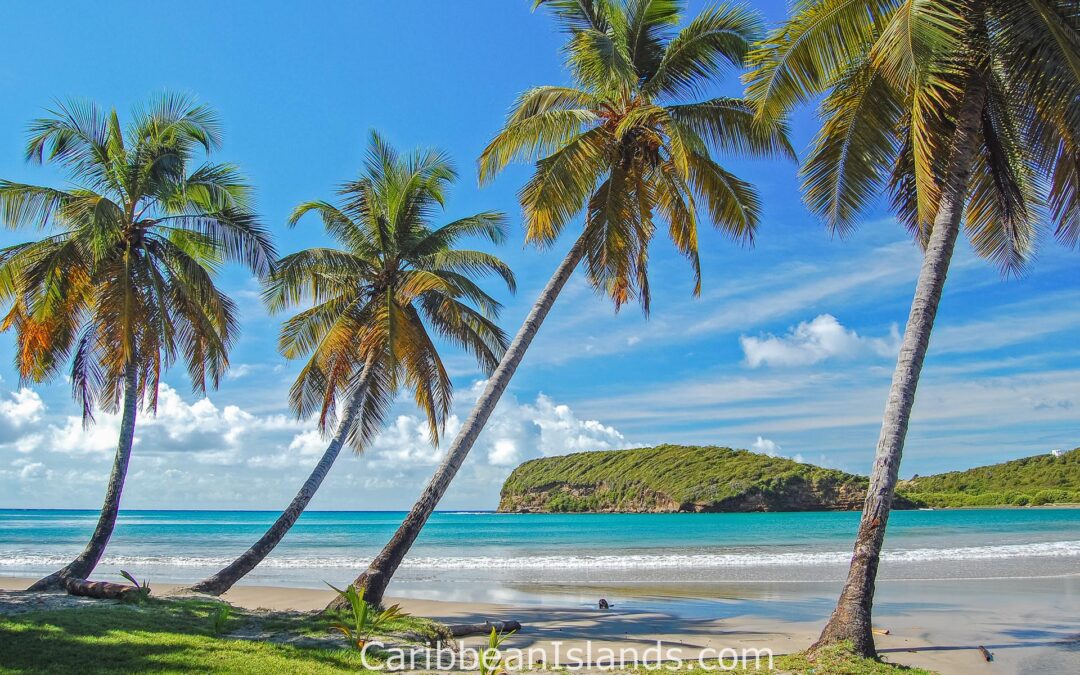
by Caribbean Islands | Windward islands
Nicknamed “The Spice Isle,” Grenada has far more to offer than just sandy white beaches. It’s actually made up of several small islands, and they are located southwest of St. Vincent and the Grenadines and northeast of Trinidad and Tobago. The nickname is derived by...
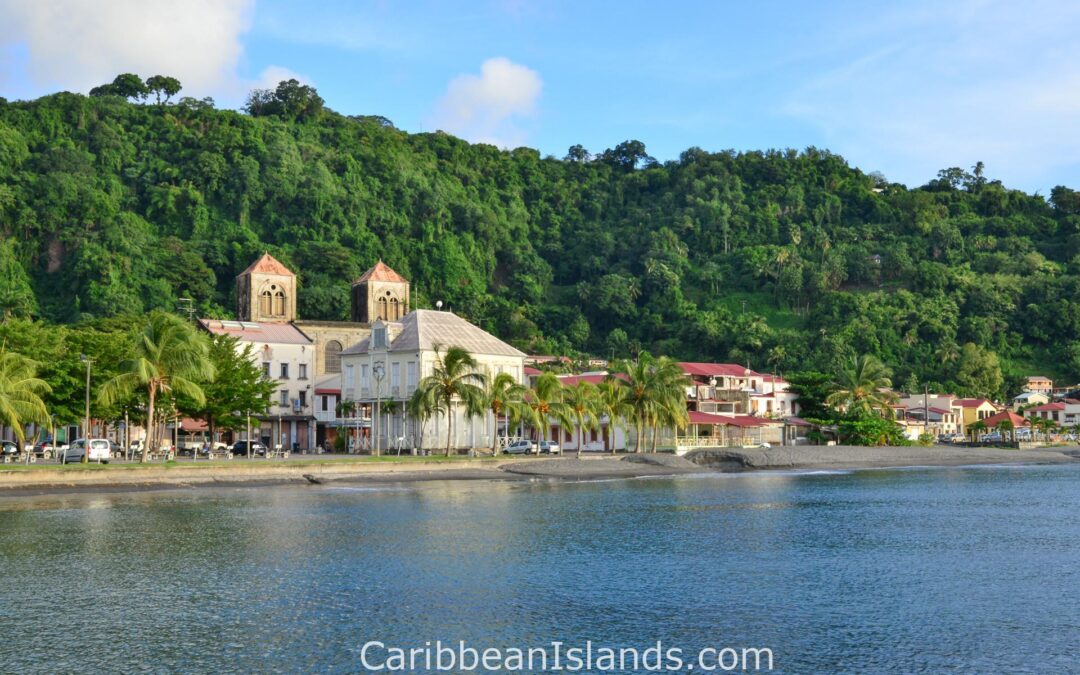
by Caribbean Islands | Windward islands
Sainte Anne is the popular city on this Windward Island located south of Dominica. Sainte Anne is the centerpiece of beautiful beaches, rainforests and exotic scenery. The weather is just as beautiful as the scenery with a typical tropical climate. Though, the best...
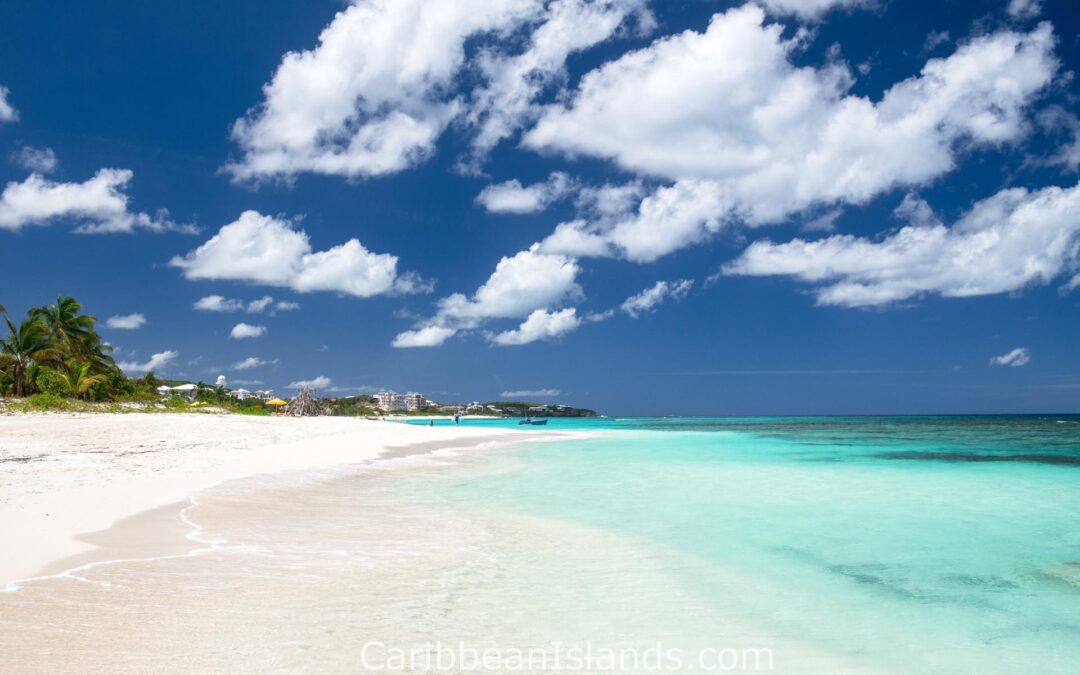
by Caribbean Islands | Leeward islands
Anguila is an British Overseas Territory usually accessed by ferry boats and cruise ships. The territory, which is north of St. Martin, has flat, low-lying terrain. Its tallest point, Crocus Hill, is only 65 meters high. Anguilla boasts some of the most beautiful...
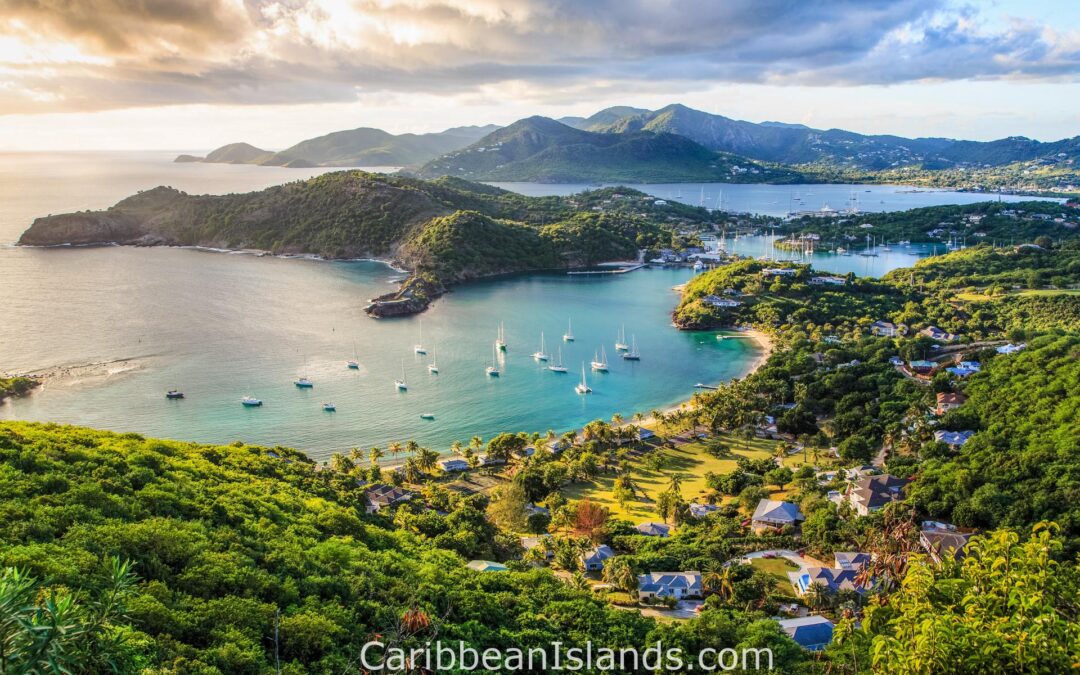
by Caribbean Islands | Leeward islands
With its location off the coast of South America and east-southeast of Puerto Rico, Antigua and Barbuda is a wildly popular tourist destination. English is predominately spoken here, and the official currency is the East Caribbean dollar. The majority of the tourist...
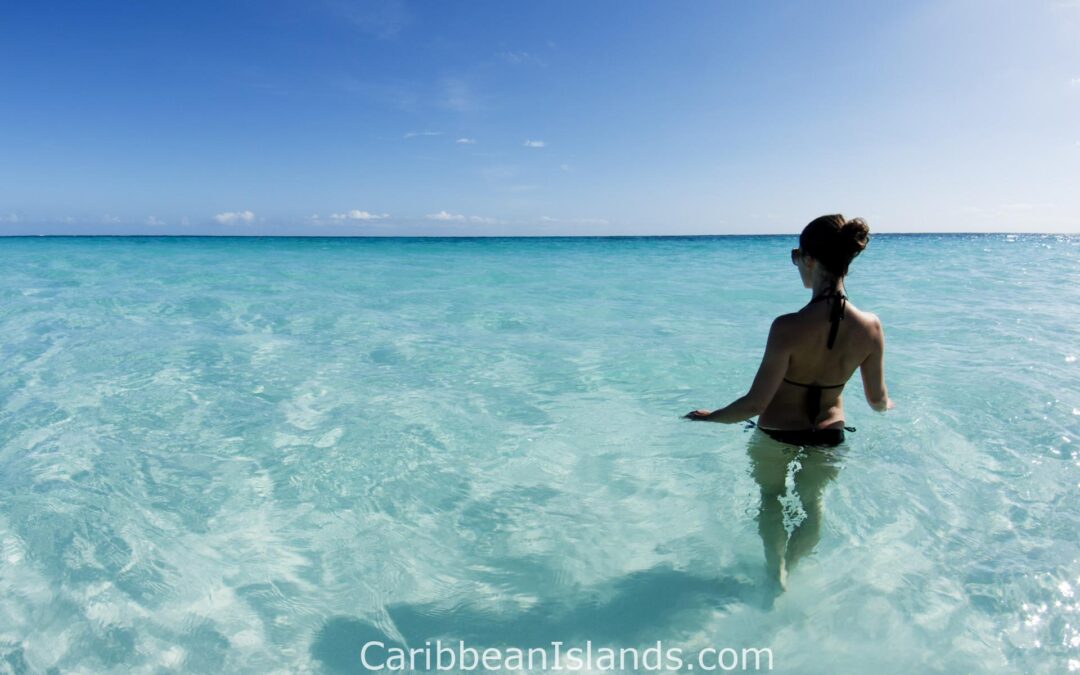
by Caribbean Islands | ABC Islands
Aruba Situated just 15 miles north of the Venezuelan coast, the flat, river-less island of Aruba is widely regarded as one of the most peaceful and beautiful locations in the Caribbean. The temperature here tends to hover around 80 degrees all year, and Atlantic trade...
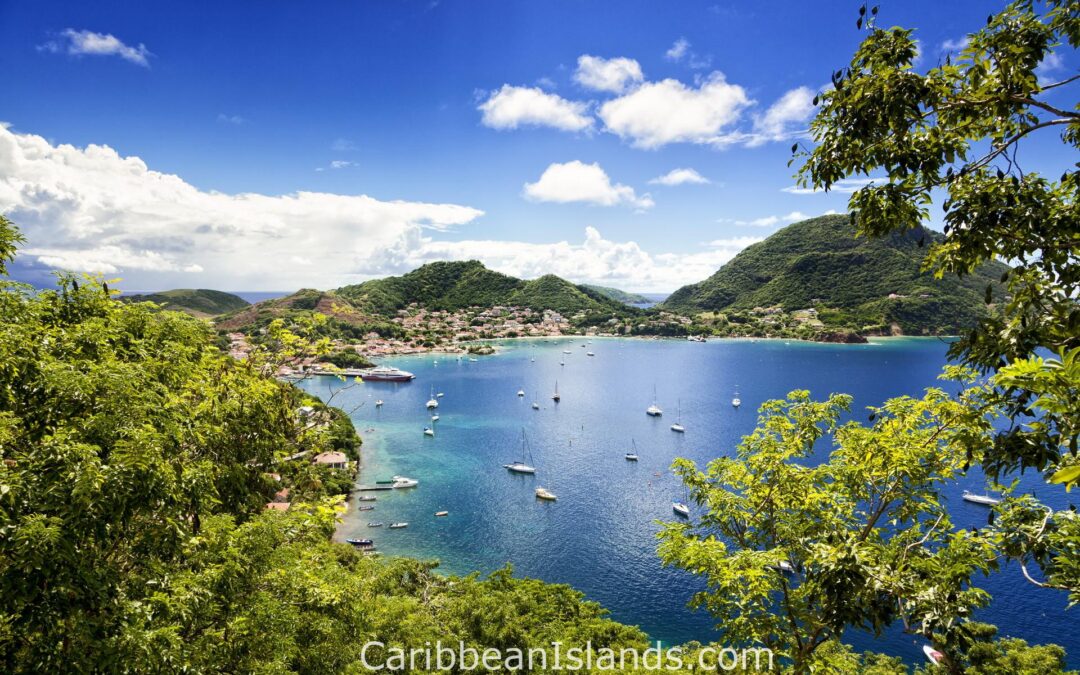
by Caribbean Islands | Leeward islands
Guadeloupe Located in the Leeward Islands, Guadeloupe has two main islands with numerous smaller ones. Though Basse-Terre is the capital of the island, the main tourist area is located in Grande-Terre. Visitors are attracted to the coral reefs and numerous beaches of...
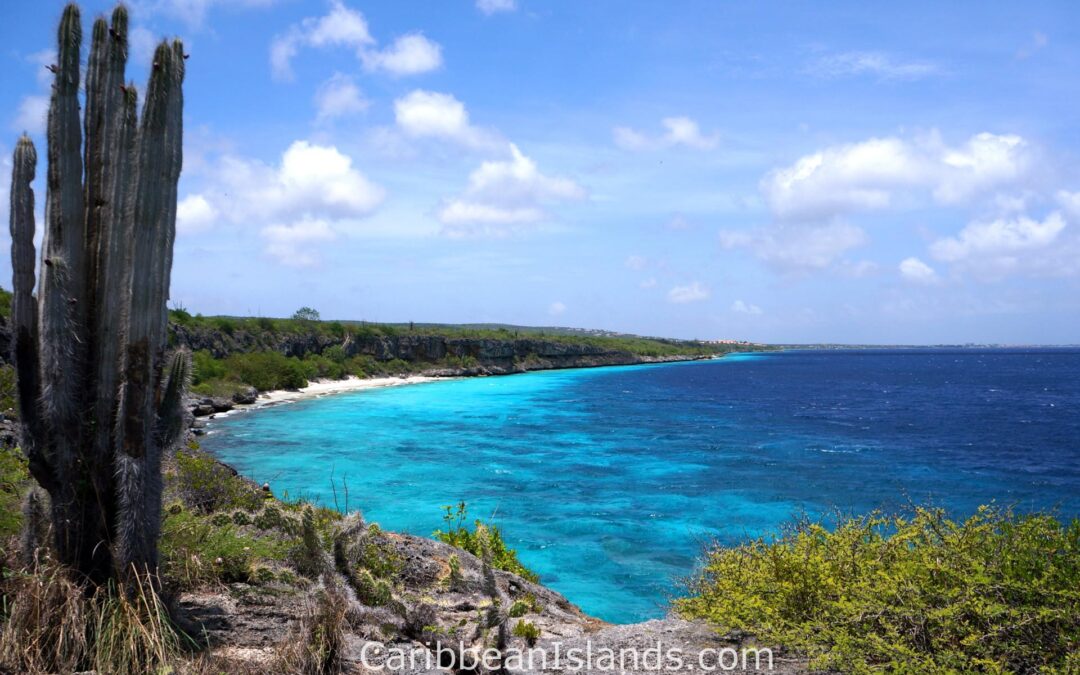
by Caribbean Islands | ABC Islands
Bonaire is an island located in the southern Caribbean Sea, with an amazing climate, known for being safely outside the hurricane belt. The “rainy season” runs from October to January, but total precipitation is low. Dutch and English are widely spoken here, and the...
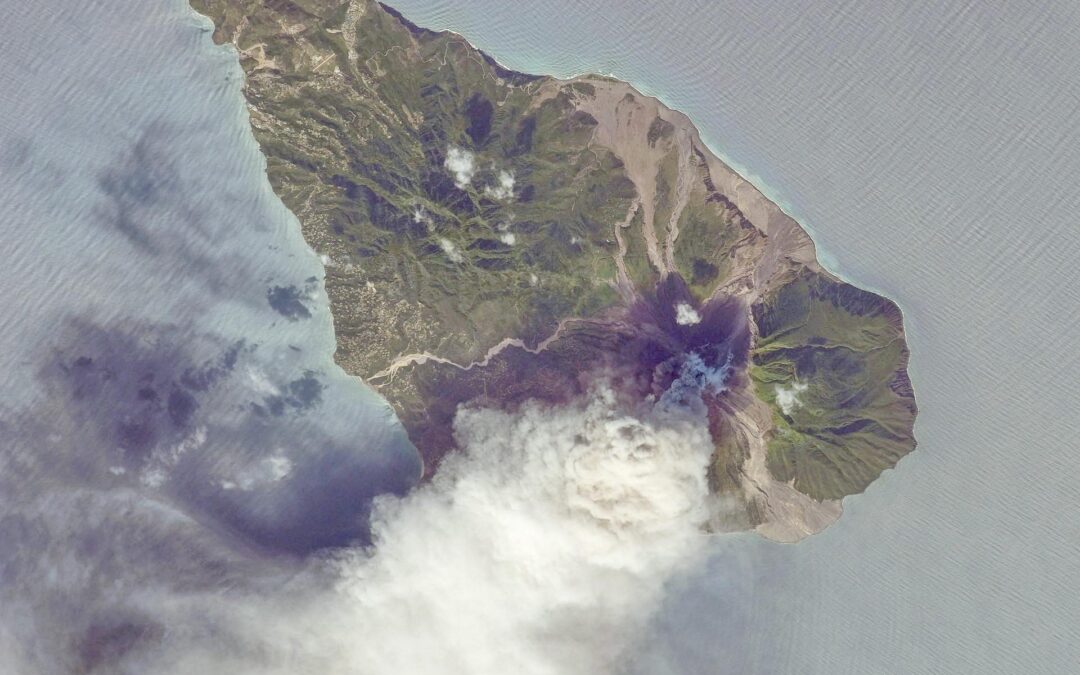
by Caribbean Islands | Leeward islands
This British territory is part of the Lesser Antilles chain located in the Leeward Islands. Montserrat is a very small island covering only 40 square miles in the vast Caribbean. The small island is home to many exotic and rare plants and animals. The island is a...
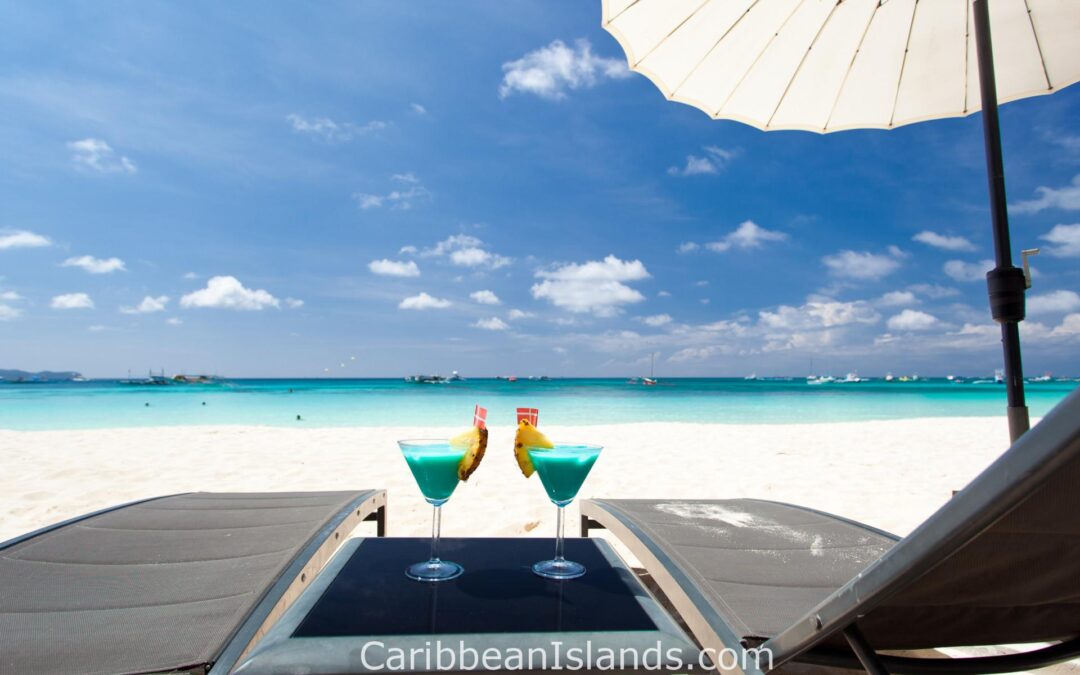
by Caribbean Islands | ABC Islands
With a population of around 142,000 people, Curacao is more populated than its neighbors. Visitors are dazzled not only by its incredible beaches but by the traditional Dutch architecture with bright, pastel colors. In addition to natural attractions, the territory is...
































